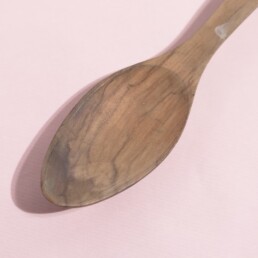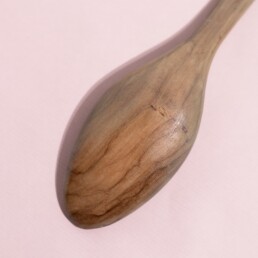To make a long story short: It depends, as always. I worked without a press for the first 1.5 years and it worked well. But once you’ve had the pleasure of a press, you probably won’t want to miss it. But this is certain: you don’t need a press to get good printing results from your linoleum block! It just takes more effort.
The alternatives
But first I would like to show the alternatives to a printing press. Very useful are the so called barens. There are many different variations, the bamboo baren is the traditional tool in Japanese woodblock printing and also works very well for linoleum printing. It has a handle by which you can grip it and rub it across the paper in circular motions. I wouldn’t rely solely on that, though – I use it for a first pressing of the paper onto the linoleum block.
The other baren shown in the pictures is by Speedball Art and has a hard padded surface. This glides very nicely over the paper without damaging it, so it’s a useful tool I do recommend.

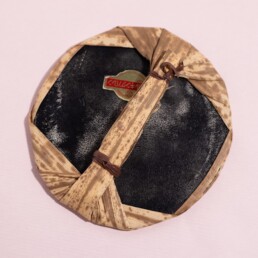

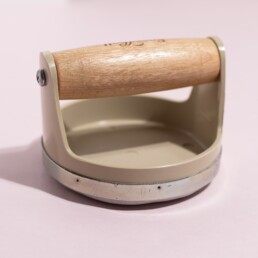
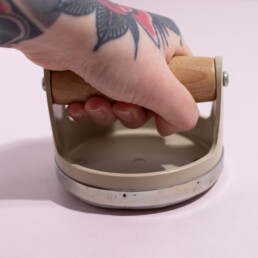
Wooden spoon
However, the wooden spoon is indispensable. You may be asking yourself whether a metal one is possible as well? Basically yes, but the metal can get quite warm, depending on how long and consistently you rub the paper! My wooden spoon was once part of a salad servers, you can also use those for cooking as long as the surface isn’t rough, cause can damage the paper.
You rub the spoon in circular movements over the ares of the design on your block, means you spare out the background, that you carved away. Therefore, the paper must be placed ON the block – and not, as is often done when stamping, block on paper.
Over time, the areas of the spoon that you rub over the paper will become polished and shiny but there are no disadvantages to this.
Another option are “pinch rollers” – these look very similar to the ink rollers and can also be used for this purpose. They are not my personal preference, cause you can’t build up the necessary pressure with these alone. I also find these less handy and user-friendly in comparison to the barens.
The hand printing press
Now let’s move on to the printing press. There are many different models in many different price ranges available. I limit this blogpost to the hand printing press that I bought in 2020 from Jan, known as Woodzilla Press. It cost 300 euros plus shipping from the Netherlands, and I was able to choose the color from a RAL color chart. It has the size A3, means an A3 paper can be printed with it wonderfully, also everything smaller A3. It was delivered with a felt mat, which distributes the pressure evenly over the entire surface.
Anyone who prints a lot and enjoys printing should consider making this investment, I have never regretted it. My first print with it was a revelation! Because the print result was so evenly and comparatively easily produced that I could hardly believe it.
The fact is that printing by hand (handburnishing) is wonderful, but also requires more patience and strength. You stand in a slightly stooped position for several minutes while you’re printing by hand only! At least, that’s how I always did it. It really goes on your back and causes pain! A high working table can help, but probably not everyone has this at home.
Click here to find out about the Etsy Shop of Jan aka Woodzilla.
If you are from the US, head over to Speedball Art as they sell his presses across the USA und Canada!

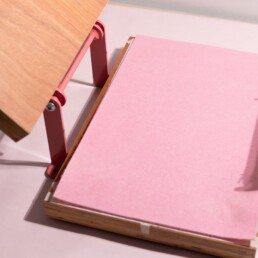

Summary
So my advice to aspiring lino printers is to learn to love the hobby before you buy a press. And as soon as you are ready and can afford it, do it! You won’t regret.
What else you will need as a lino printing beginner, you will learn in this article: Linocut printing tools for beginners
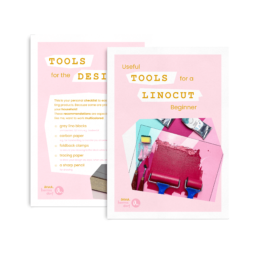
Linocut Tool Guide
Still unsure which tools and products you need for your lino printing starter kit? Just download my guide with product recommendations for linocut beginners – on 6 pages I list all the materials and tools I need to make my colorful prints – and you can do it too!

